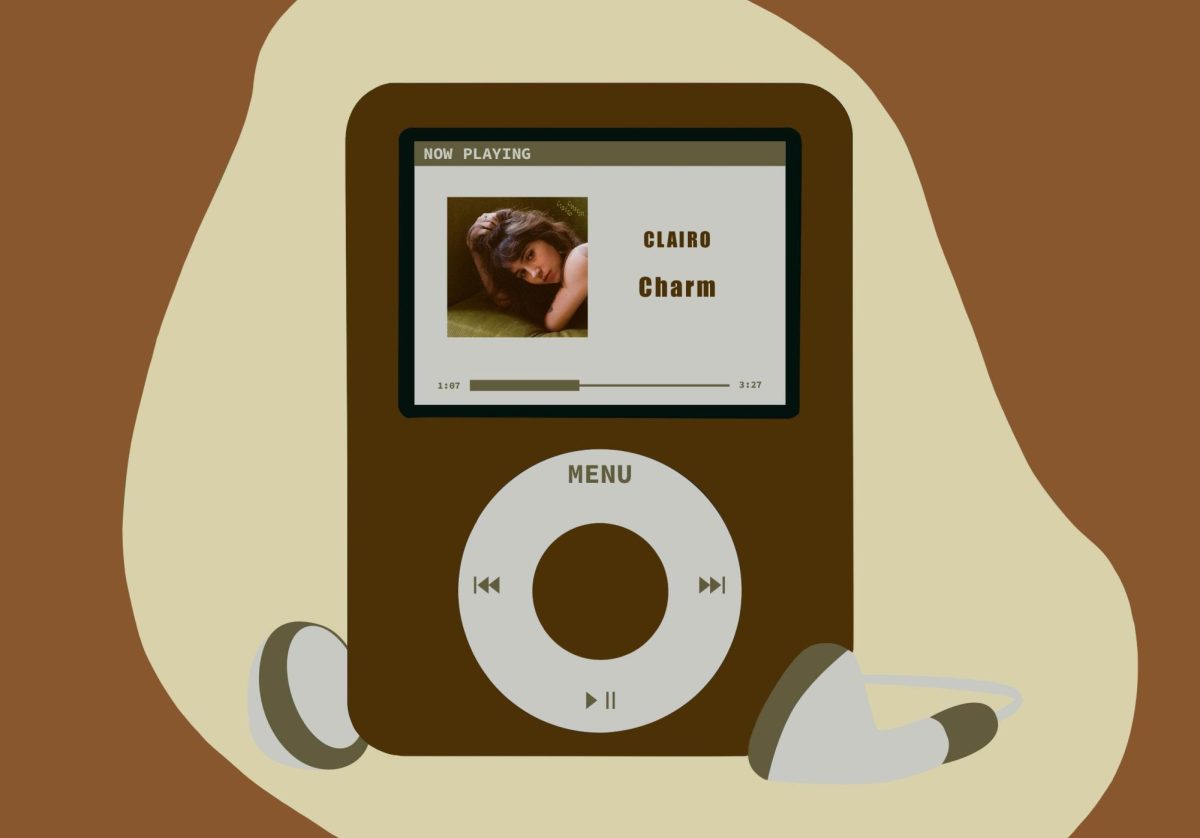We don’t even have time to catch our breath.
But she tells us to hurry, so we do. We run to our places for what seems like the hundredth time so Briana Kennedy-Coker can start. The stereo blares Christina Aguilera’s “Fighter.”
We, the members of Collective Rhapsody, spend most of our nights learning, rehearsing and reworking dances in preparation for our upcoming performance.
We auditioned early in the semester and jumped into rehearsals the next weekend. Rehearsals were fairly easygoing at first, as the performance date of Nov. 30 seemed eons away.
That was then. This is now.
Now we’re getting serious. As we prepare this studio dance recital with its many styles of music and more styles of dance, we think about the sold-out house at last year’s show.
Kennedy-Coker came up with Collective Rhapsody only a year ago. The audience’s support for a first-time effort was all the encouragement she ” and we ” needed to do it all over again.
“Wait, wait, you need to do that again!” yells Kirby Jeschkeit, our resident videographer, as she runs for her video camera. “I forgot to record that!”
Jeschkeit rolls tape at every rehearsal, and then cuts her hours of footage down to small segments. Those segments, shown between dances at the show, will reveal to the audience the sweat and hard work we’ve put into this.
No one but the dancers ever sees the injuries. Nobody hears the curses when someone forgets choreography. No audience witnesses the process ” only the end result. But now, they will.
“We want to show the fusion of time, effort, talent and dedication it takes to do a show like this,” Kennedy-Coker says. “It’s a long process and a hard journey.”
Although we surely focus on technique, this ain’t your 5-year-old cousin’s dance recital. We’ve even coined one step “the stripper move.”
That’s not all, of course, but I promise we’re not prancing around in frilly pink tutus with our arms over our heads. We’re not afraid of our bodies or our sexuality.
Like me, sophomore Katherine Lung studies ballet, jazz and modern dance. But for this show, we’ve learned to work with styles outside our comfort zones. We’ve got jazz, ballet, lyrical, tap, salsa, reggae, hip-hop, break dancing and pop-and-lock choreography.
“I’m not used to hip-hop,” Lung says after we imitate Kennedy-Coker’s moves and fail miserably. She collapses, laughing, onto the floor.
We joke about our lack of hip-hop abilities and often do the hip-hop moves as a stiff, stereotypical ballerina would.
Sophomore Lindsey Stratton also trained in a variety of styles. But unlike Lung and me, she’s pretty good at hip-hop.
“Hip-hop is my favorite style, because my heart can thump with the beat, and every once in a while we get to shake our asses,” Stratton says with a grin.
These silly moments decrease dramatically as the show nears. We spend more time at the studio and struggle to find time for homework. There are, admittedly, nights when we don’t want to be here.
“We haven’t been out in months,” Jeschkeit says. “Sometimes we’re here until midnight on a Saturday night.”
Jeschkeit should know. She was a major force in last year’s show, and she returns this year as a choreographer, dancer and videographer.
Our sacrifices are similar, but we dance for different reasons. I dance for the pure joy of expressing myself through movement, while Jeschkeit dances because it’s helped her through some tough times and gives her confidence.
In this troupe, each dancer’s inspiration and talent defines the finished product. We are peers, so if the planned choreography doesn’t work, we say so. And then we fix it.
“Ideas and visions morph into dances, and it just gets better and better,” Lung says.
When everything is said and done, we will have learned about 30 dances in less than three months. It’s hard to keep adding new sequences while remembering previously learned ones.
We’re down to the wire. The casual attitudes we used to wear have been replaced by tight-lipped masks of concentration. We’re tired. Our muscles ache and our joints are sore. We practice our choreography whenever we get the chance, whether we’re in a car or lying on the couch. The music racks our brains. Our tempers and patience are short.
“But it’s still a great opportunity to show what we can do ” and that’s dance,” Stratton says.
It’s a week before show time, but Kennedy-Coker can’t wait until there are only five minutes before we go on stage.
“Because then,” she says, “there’s no turning back.”
















